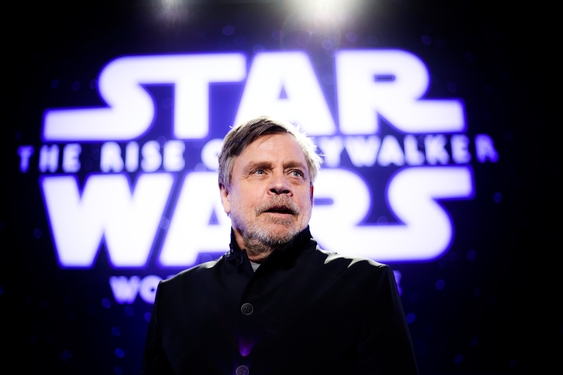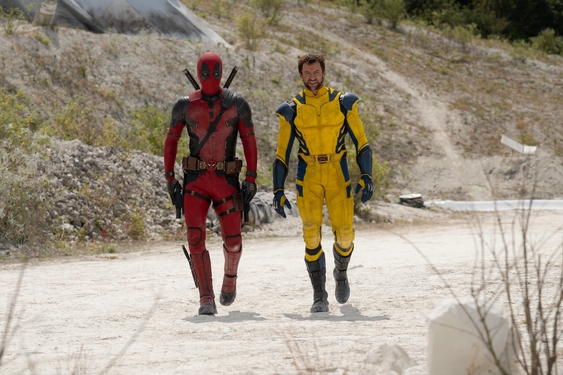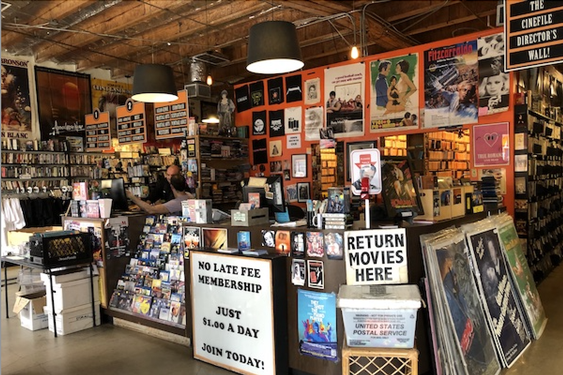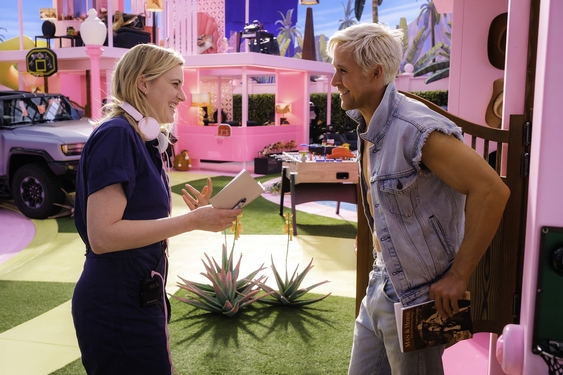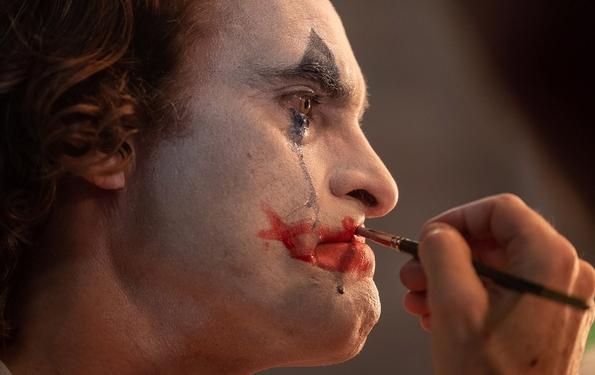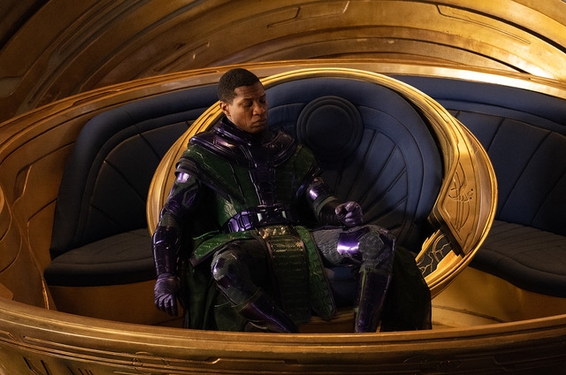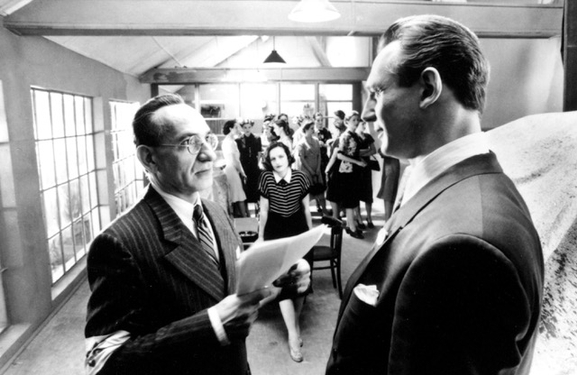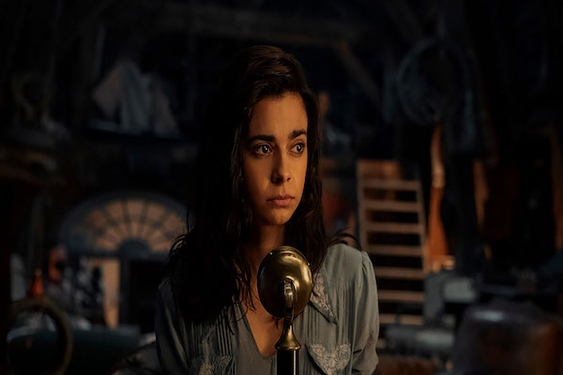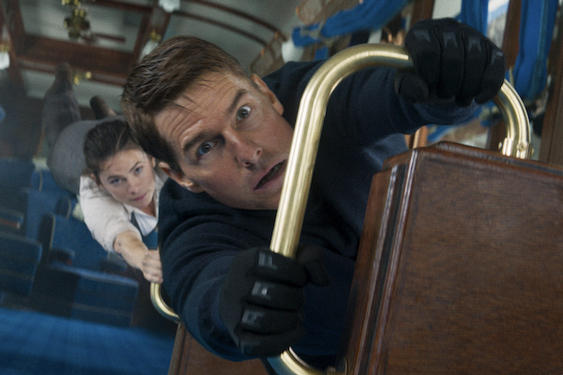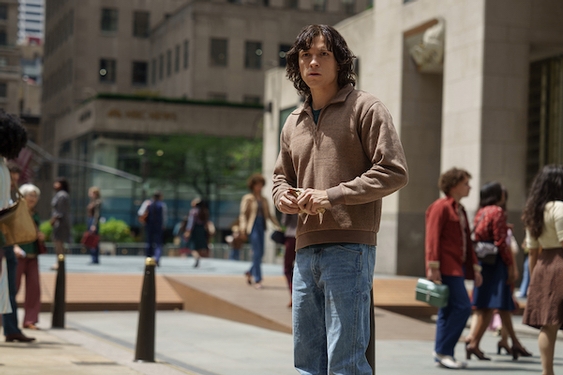It’s as old as Homer and as new as a Hummer. It’s the quest tale, the
hero or heroine’s series of tests, a journey of discovery.
Or, as Hollywood calls it, "the road picture."
It has been one of the movies’ most enduring genres, from It Happened One
Night to The Sure Thing, Midnight Run to, well, Transamerica or The World’s
Fastest Indian.
"Road trips go back much further than the movies," says Duncan Tucker,
writer-director of Transamerica, about a pre-surgery transsexual – played
by Golden Globe winner Felicity Huffman – who tries to get to know the son
he fathered when the soon-to-be-she was a he. "The Odyssey was a road trip,
Alice in Wonderland, Lord of the Rings, The Wizard of Oz is a road trip."
It’s straight out of Storytelling 101: If you want your character to experience
a change, change the scenery first.
"Hitting the road is a great background for almost any kind of story; the
act of traveling opens up so many options in characters and plot," says Gregg
Hale, a producer on The Blair Witch Project and a director of the road picture
Say Yes, Quickly, about a cross-country romance and/or stalking. The changing
incidental characters and backdrops of a journey story make it "a great canvas
to paint on," Hale says. And in its modern movie form, with a car, that car
symbolizes "freedom and possibility."
But the road is also a trial, a test of a character’s mettle.
"The hero’s quest is what we’re looking for," Tucker says.
"Bree, my hero, is given a quest by her mentor and therapist. You have to
go on a quest and perform a task in order to get a treasure (her surgery). Like
Frodo, she has to leave her safe home, unwillingly, to go on a dangerous journey
across unknown lands to get rid of a burden she doesn’t want."
The World’s Fastest Indian sends Burt Munro (Anthony Hopkins) on a journey
from Invercargill, New Zealand, to the Bonneville Salt Flats of Utah. Roger Donaldson,
an Aussie director who now calls himself a New Zealander, wanted to do a story
that tied together the place he loves as home with the things he loves about the
place where he works, the United States. He settled on the story of this aged
motorcycle speed demon he used to know, an eccentric charmer who was helped by
friendly Americans every time an obstacle moved into his path.
Road trips, with their "you never know what’s ahead" quality, made
it a natural form to build "World’s Fastest Indian around," Donaldson
says. "The naivete of this character out there in the real world, on the
road, being helped by all these different people, appealed to me."
Sam L. Grogg is dean of the University of Miami’s film school. But in an
earlier life, he produced The Trip to Bountiful. In the movies, he says, the road
is "liberating," a connection to the American myth. There is always
"a place to go, a better place" with nothing "but positive opportunity
ahead."
And as in classic myths, "the hero or heroine hits troubles along the way,"
Grogg says. "Sometimes the troubles are so great that there is a complete
loss of hope."
On the road, even the most confident character is out of his or her element, Donaldson
says. They’re all fish out of water because they’re dealing with people
they do not know, situations they haven’t anticipated and places they have
(usually) never been.
"That’s why they make good movies," Donaldson says. "The road,
it never, ever disappoints."
© 2006, The Orlando Sentinel (Fla.).
Distributed by Knight Ridder/Tribune Information Services.
Film: Special Features [Road Pictures]
Road Pictures: Hollywood Hits the Road
By Roger Moore

Article posted on 2/27/2006
This article has been viewed 1772 times.


